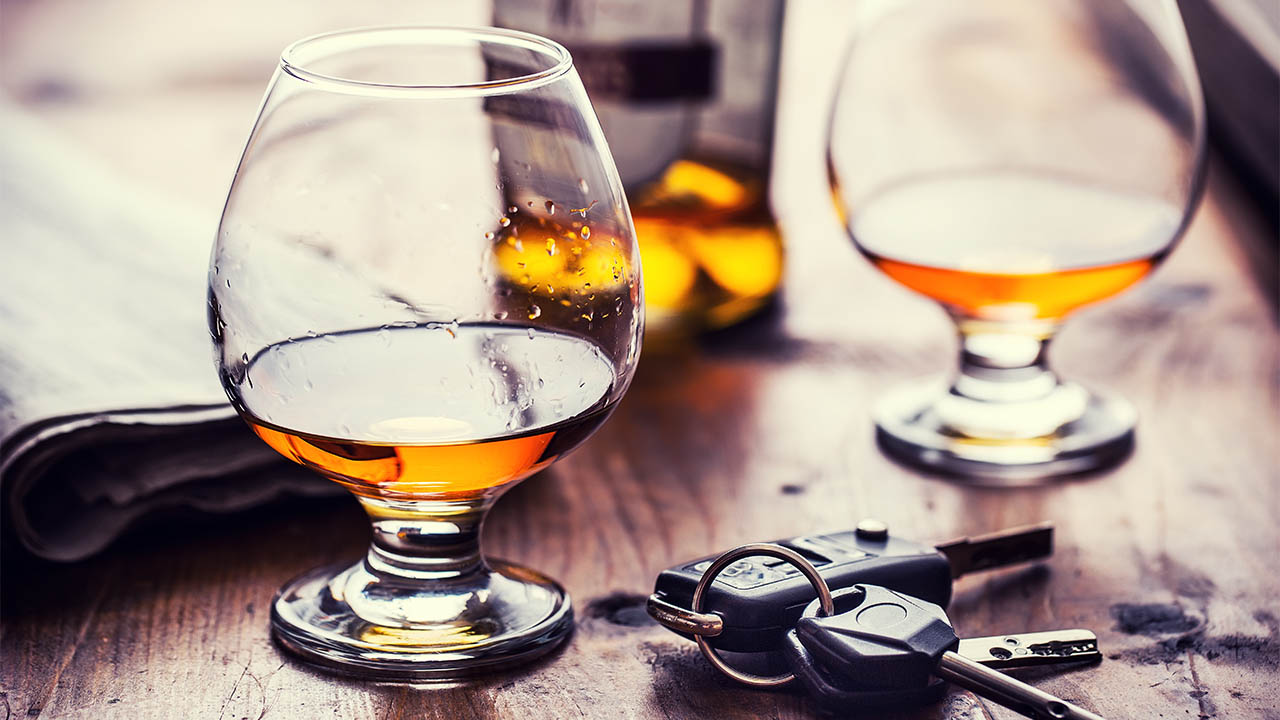MADD Canada launches Project Red Ribbon
 CREDIT: MARIANVEJCIK
CREDIT: MARIANVEJCIKEvery hour in Canada, an average of 10 federal criminal charges and provincial short-term license suspensions are laid for alcohol or drug-impaired driving.
MADD Canada launches Project Red Ribbon According to Mothers Against Drunk Driving (MADD) Ontario West Director, Chaouki Hamka, “the mission of MADD Canada is to stop impaired drivers.”
“It started just from a daughter’s bedroom,” he explained. “A concerned citizen in the U.S., which evolved into a big passion and organization determined to stop impaired driving, and more importantly, to support the victims.”
Founded by John B. Gates in 1989, MADD Canada stands as a volunteer-driven Registered Canadian Charitable Organization working to achieve its goal in a number of different ways: victim/ survivor services programs, youth services, public policy (federal and provincial/territorial levels), technology, and public awareness and education campaigns.
Project Red Ribbon is their “longest standing public awareness campaign.” Beginning Nov.1 and running until Jan. 3, 2022, this project aims to promote sober driving during the holiday season.
“This is the busiest time of the year on most social calendars, and the risk for impaired driving is high,” said Hamka.
MADD Canada and their community leaders across the country will be distributing thousands of red ribbons for Canadians to display on their vehicles, key chains, backpacks and more. According to Hamka, “the red ribbon is a small yet powerful symbol of your commitment to making safe and responsible choices.”
Every hour in Canada, an average of 10 federal criminal charges and provincial short-term license suspensions are laid for alcohol or drug-impaired driving. However, Hamka said our criminal justice system is still weak in regards to proper punishments and consequences for driving under the influence.
“Impaired driving is a criminal act and needs to be treated as such to the highest degree. Many innocent people are dying and are being injured because of it. But unfortunately, the criminal justice system is still broken in that sense. We’re hoping that we can strengthen it to get harsher penalties, stronger sentences, and more importantly, effective laws.”
Hamka questioned new technologies, such as self-driving cars, and what that means for inebriated driving. But Hamka said with projects like the Red Ribbon campaign and further community effort, we can prevent the tragic deaths and devastating injuries caused by impaired driving.
Possible signs of an impaired driver:
- Driving unreasonably fast, slow or at an inconsistent speed
- Drifting in and out of lanes
- Tailgating and changing lanes frequently
- Making exceptionally wide turns
- Changing lanes or passing without sufficient clearance
- Overshooting or stopping well before stop signs or stop lights
- Disregarding signals and lights
- Approaching signals or leaving intersections too quickly or slowly
- Driving without headlights, failing to lower high beams or leaving turn signals on
- Driving with windows open in cold or inclement weather
What to do if you observe a potential impaired driver:
- Call 911 (If you are driving, pull over first if you can safely do so)
- State your location
- Vehicle description
- License plate number of vehicle
- Colour of vehicle
- Make and model of vehicle
- Direction of travel for the vehicle
- Description of driver

















